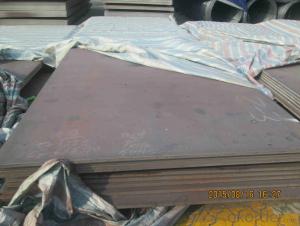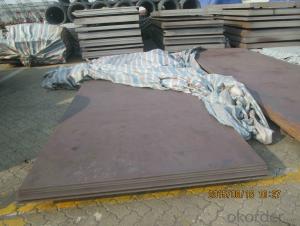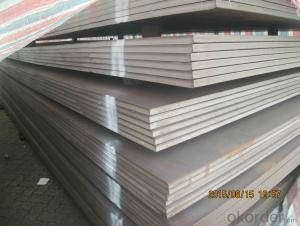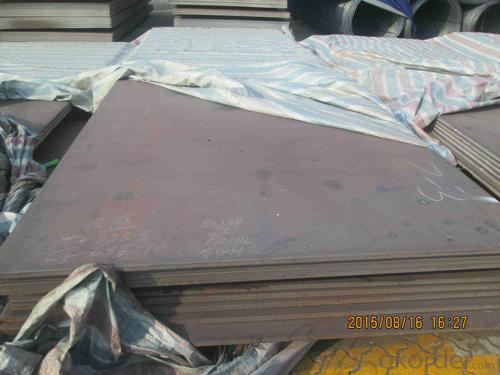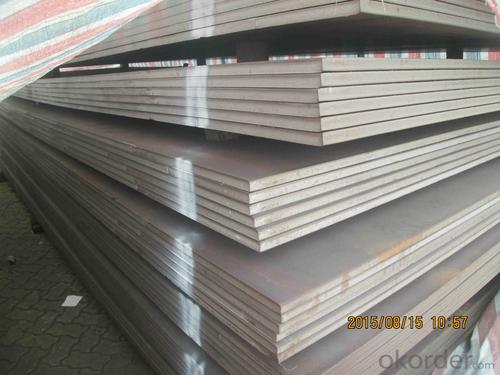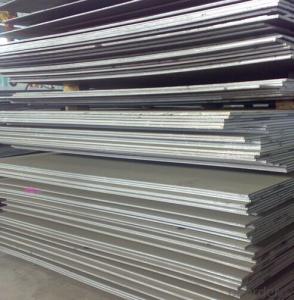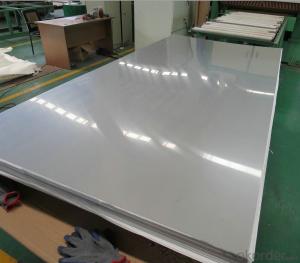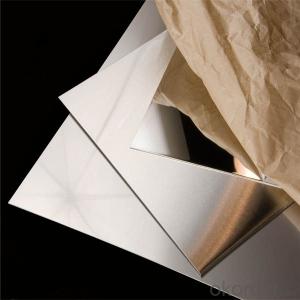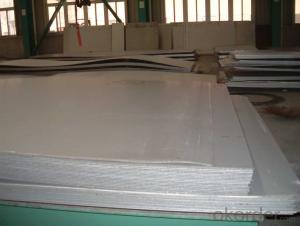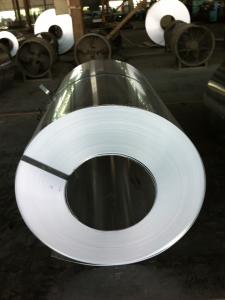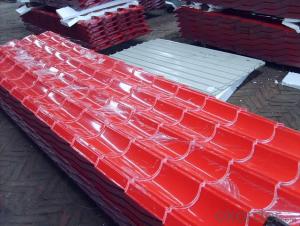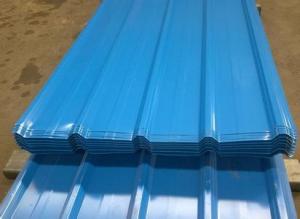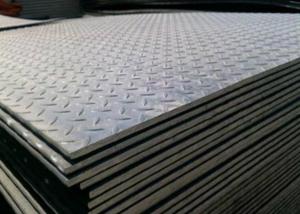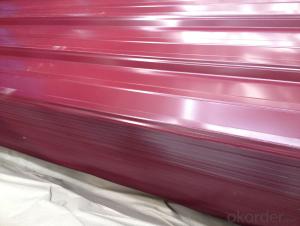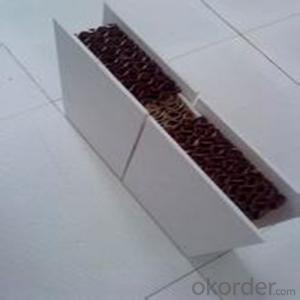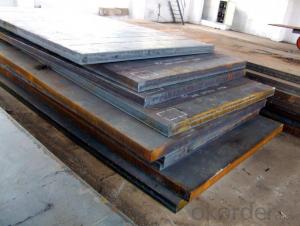Prime Carbon Steel Sheets in High Quality
- Loading Port:
- China main port
- Payment Terms:
- TT OR LC
- Min Order Qty:
- 500 m.t.
- Supply Capability:
- 20000 m.t./month
OKorder Service Pledge
OKorder Financial Service
You Might Also Like
Product Description:
OKorder is offering Prime Carbon Steel Sheets in High Quality at great prices with worldwide shipping. Our supplier is a world-class manufacturer of steel, with our products utilized the world over. OKorder annually supplies products to African, South American and Asian markets. We provide quotations within 24 hours of receiving an inquiry and guarantee competitive prices.
Product Applications:
Prime Carbon Steel Sheets in High Quality are ideal for structural applications and are widely used in construction,machinery manufacturing, container manufacturing, shipbuilding, bridge construction. Can also be used to manufacture a variety of containers, the furnace shell, furnace plate, bridge and vehicle static steel plate, low alloy steel plate,shipbuilding plate, boiler plate, pressure vessel plate, pattern plate, tractor parts, automobile frame steel plate and welding components.
Product Advantages:
OKorder's Prime Carbon Steel Sheets in High Quality are durable, strong, and wide variety of sizes.
Main Product Features:
•Hot Rolled & Annealing
•Good Quality & Fast Delivery
•Competitive Price & Nice Service
Product Specifications:
Standard: JIS G3131 SPHC\ASTM A569
Thickness: 0.17mm-1.0mm
Place of Origin: Shandong China (Mainland)
Type: Steel sheet
Application:Building
Width:600-1250mm
Length: as your respect
FAQ:
Q1: Why buy Materials & Equipment from OKorder.com?
A1: All products offered byOKorder.com are carefully selected from China's most reliable manufacturing enterprises. Through its ISO certifications, OKorder.com adheres to the highest standards and a commitment to supply chain safety and customer satisfaction.
Q2: How do we guarantee the quality of our products?
A2: We have established an advanced quality management system which conducts strict quality tests at every step, from raw materials to the final product. At the same time, we provide extensive follow-up service assurances as required.
Q3: How soon can we receive the product after purchase?
A3: Within three days of placing an order, we will arrange production. The normal sizes with the normal grade can be produced within one month. The specific shipping date is dependent upon international and government factors, the delivery to international main port about 45-60days.
Images:
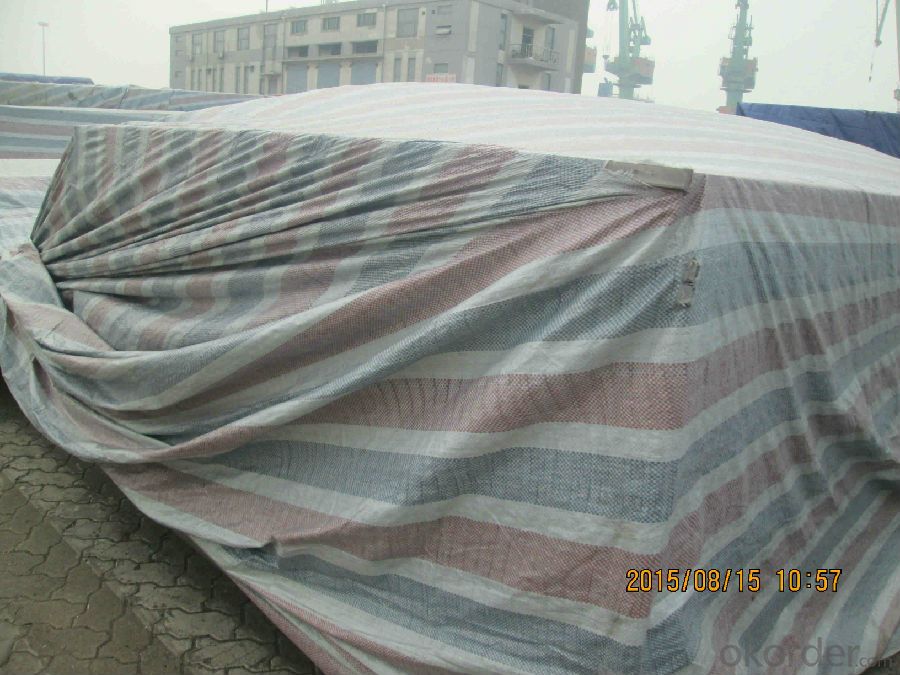
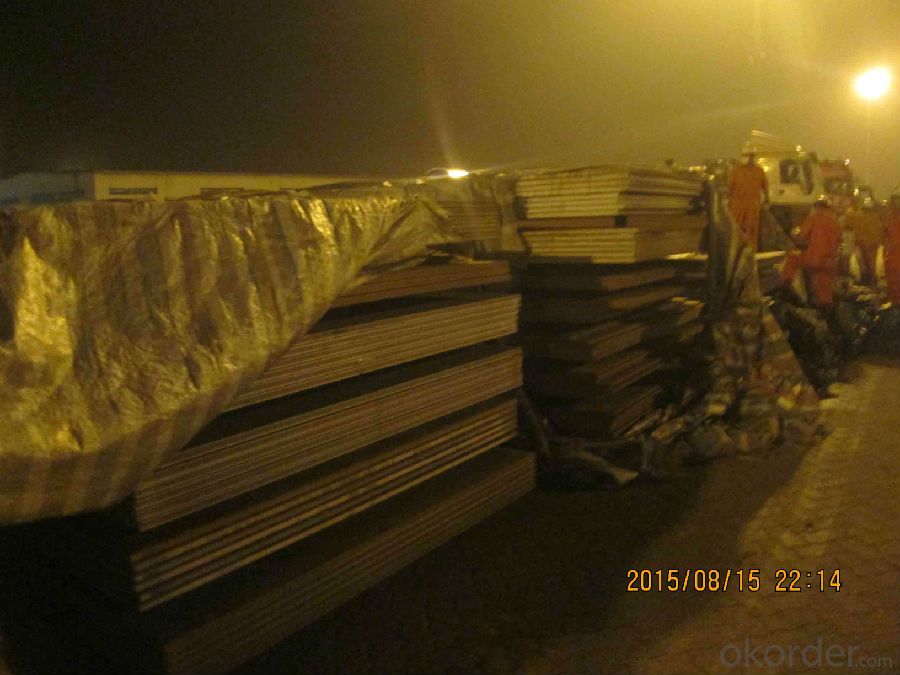
- Q: How do steel sheets perform in high-pressure environments?
- In high-pressure environments, steel sheets demonstrate remarkable resilience and exceptional performance. Their inherent strength and durability enable them to withstand and effectively contain the immense pressure exerted upon them, making them the preferred choice in pressure vessels, pipelines, and industrial machinery. While the high-pressure environment subjects materials to significant stress, steel sheets possess the ability to resist deformation and maintain their structural integrity. Their exceptional tensile strength and capacity to withstand compressive forces without buckling or breaking establish them as a reliable option for withstanding high pressure. Moreover, steel sheets are renowned for their excellent corrosion resistance, a crucial characteristic in high-pressure environments. This resistance plays a pivotal role in preventing potential leaks or failures resulting from the weakening effects of corrosion. To further enhance their corrosion resistance, steel sheets can be coated or treated, making them even more suitable for demanding applications. Additionally, steel sheets offer a high level of versatility, readily fabricated into various shapes and sizes to meet precise requirements. This adaptability allows for the customization of steel sheets, ensuring optimal performance in a range of industrial settings and high-pressure environments. In conclusion, steel sheets exhibit exceptional reliability and excel in high-pressure environments. Their strength, durability, resistance to deformation, and corrosion resistance establish them as the preferred choice for applications requiring containment of high-pressure substances.
- Q: What is the process of forming corrugated steel sheets?
- The process of forming corrugated steel sheets involves passing flat steel sheets through a series of rollers or presses, which create a pattern of parallel ridges and valleys known as corrugations. The steel sheets are typically fed into a machine that first cleans and coats them with a protective layer. Then, the sheets are fed through a set of corrugating rolls, which shape them into the desired corrugated pattern. This process adds strength and rigidity to the steel sheets, making them ideal for various applications such as roofing, siding, and packaging.
- Q: Can steel sheets be used for making shipping containers?
- Steel sheets are indeed suitable for the construction of shipping containers. In reality, steel is the preferred material for building shipping containers because of its robustness, durability, and ability to withstand diverse weather conditions and environmental elements. Typically, steel sheets are cut, bent, and welded together to create the walls, roof, and floor of the container. This construction technique guarantees the container's strength and ability to endure the challenges of transportation, such as stacking, lifting, and exposure to harsh marine environments. Moreover, steel containers can be easily tailored and adjusted to fulfill specific requirements for storing and transporting cargo.
- Q: Are steel sheets suitable for pharmaceutical or cleanroom applications?
- Yes, steel sheets are suitable for pharmaceutical or cleanroom applications. Steel is a durable and hygienic material that can withstand frequent cleaning and disinfection processes required in these environments. It also provides a smooth and non-porous surface, preventing the accumulation of bacteria, making it ideal for pharmaceutical or cleanroom applications.
- Q: Are steel sheets suitable for solar panel mounting?
- Steel sheets are indeed appropriate for the mounting of solar panels. As a robust and resilient material, steel can serve as a solid foundation for solar panels. Its resistance to rust and corrosion renders it particularly well-suited for outdoor installations. Moreover, steel sheets can be effortlessly shaped and sized to accommodate diverse solar panel arrangements. Furthermore, steel is widely accessible and reasonably priced, rendering it a widely favored option for solar panel mounting systems. In conclusion, steel sheets provide the essential strength, stability, and durability necessary for effectively supporting solar panels.
- Q: What is the typical weight of steel sheets?
- The typical weight of steel sheets can vary depending on the thickness and dimensions of the sheet. However, a commonly used gauge for steel sheets is 16 gauge, which typically weighs around 40 to 50 pounds per square foot.
- Q: What are the different standards and certifications for steel sheets?
- There are several different standards and certifications for steel sheets, including the American Society for Testing and Materials (ASTM) standards, the International Organization for Standardization (ISO) certifications, and the European Committee for Standardization (EN) standards. These standards and certifications ensure that steel sheets meet specific requirements for quality, strength, durability, and safety. They help to standardize the production and use of steel sheets across different industries and regions, providing assurance to consumers and businesses alike.
- Q: What welding rod should be used for welding of cast iron and Q235B steel plate?
- SUS304 is 18/8 stainless steel. GB brand 0Cr18Ni9, this is an austenitic stainless steel, austenitic welding electrode, such as A102 or A302 welding.
- Q: Can steel sheets be used for manufacturing architectural elements?
- Yes, steel sheets can be commonly used for manufacturing architectural elements. Steel is a versatile and durable material, making it suitable for various architectural applications such as roofing, cladding, structural support, and decorative elements. Its strength, flexibility, and corrosion resistance properties make steel sheets an ideal choice for creating architectural elements that require strength and long-lasting performance.
- Q: What are the different sheet metal forming techniques for steel sheets?
- Steel sheets can be shaped into desired forms and structures using various techniques for sheet metal forming. Below are some common techniques used for steel sheets: 1. Bending: To create angles, curves, or complex shapes, the sheet is bent either manually or with the help of machines like press brakes. 2. Stretch forming: This technique involves stretching and forming the sheet over a mold or die, especially for large and curved components. 3. Deep drawing: By using a punch and a die, the sheet metal is formed into desired shapes, often used for cylindrical or box-like structures such as cans, pots, or automotive components. 4. Roll forming: The sheet metal is passed through a series of rollers to gradually shape it into the desired form. This technique is commonly used for producing long and continuous shapes like rails, tubes, or channels. 5. Spinning: A spinning tool is used to rotate the sheet metal against a mandrel, shaping it into cylindrical or conical shapes such as lampshades or cookware. 6. Embossing: This technique involves stamping a pattern or design onto the sheet metal to create a raised or recessed surface. It is commonly used for decorative purposes or to enhance the structural integrity of the sheet. 7. Hydroforming: Hydraulic pressure is utilized to shape the sheet metal into complex forms, often employed in the creation of automotive components like car body panels or exhaust systems. These examples illustrate the wide range of sheet metal forming techniques available for steel sheets. The choice of technique depends on the desired shape, complexity, and specific requirements of the application.
Send your message to us
Prime Carbon Steel Sheets in High Quality
- Loading Port:
- China main port
- Payment Terms:
- TT OR LC
- Min Order Qty:
- 500 m.t.
- Supply Capability:
- 20000 m.t./month
OKorder Service Pledge
OKorder Financial Service
Similar products
Hot products
Hot Searches
Related keywords
